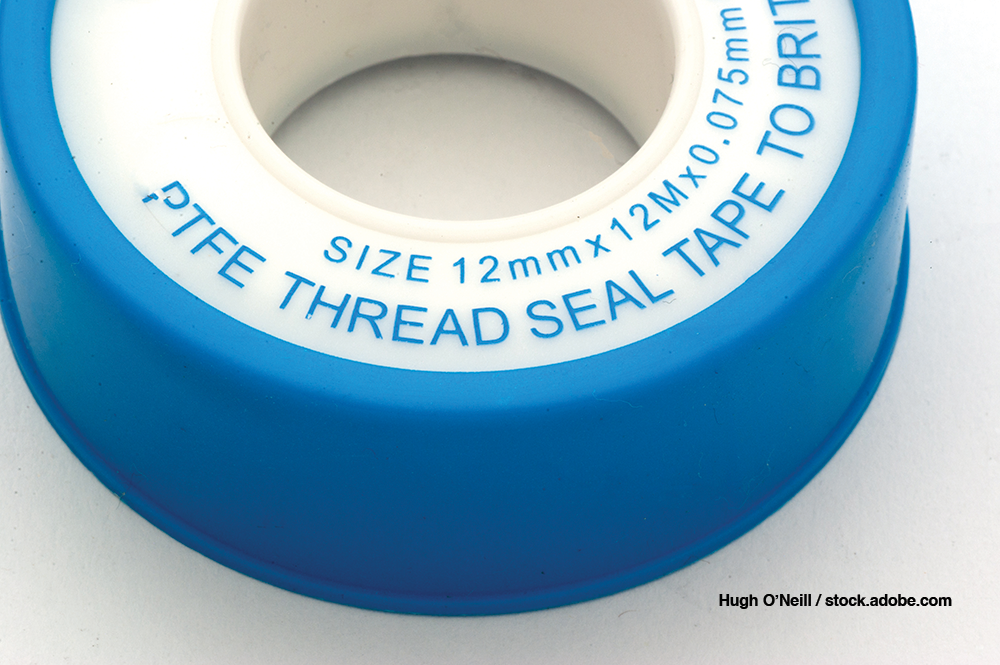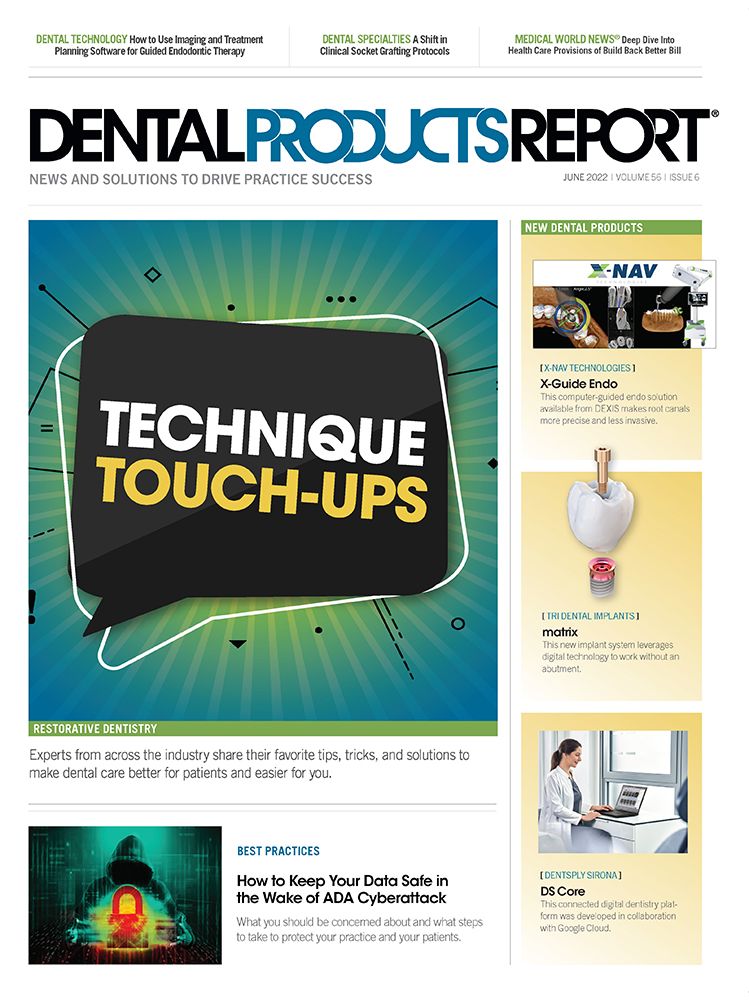5 Nondental Products That Can Be Used in the Operatory
A look at some of the most useful products from the consumer products world that can be helpful in the operatory.

Most of the instruments, technologies, tools, and materials used in the operatory are made specifically for dental use. But sometimes there are tasks that can be handled by a product that wasn’t originally created for dental professionals. With that in mind, here’s a look at 5 nondental products that can be handy to have in the operatory.
Smartphones
Smartphones are the Swiss Army knife of modern devices. And there are many ways to employ these pocket computers in the operatory. A smartphone can be great for accessing a quick reference online or controlling clinical technologies such as lasers or handpieces. Of course a smartphone can also be a terrific camera. However, if you are using a smartphone for clinical patient imaging, that phone should be a dedicated practice device and the images should always be managed in ways that comply with the Health Insurance Portability and Accountability Act.
Tablets and TVs
Although the smartphone puts a screen at anyone’s fingertips, a larger screen can be even more useful in the operatory. Tablets and televisions can entertain and distract patients during treatment, and they also can show patients clinical imaging and other patient education resources.
Noise-canceling headphones
The noises of dental care are one of the major factors driving patient anxieties around dental treatment. By giving patients a pair of active noise-canceling headphones you create a treatment environment that feels less chaotic and has fewer strange sounds. Whether the patient is watching TV, listening to music, or just using the noise cancellation feature, this can be a great way to help them stay relaxed during treatment. As with anything used in an operatory, it is important to sanitize headphones between patients.
Sharpie markers
There’s plenty of notation to be done during a dental appointment, although these days most documentation can be done digitally. But having a Sharpie available in an operatory drawer can be very useful. A black Sharpie with a fine tip can be used to “black out” areas of a patient’s teeth to preview what some treatments calling for removal of tooth structure will look like once completed. A Sharpie can be safely used to mark teeth and then the ink removed using alcohol and a cotton swab. Because the markers use alcohol-based ink they do not create a risk of cross-contamination between patients.1
Teflon tape
Commonly referred to as plumber’s or Teflon tape, polytetrafluoroethylene (PTFE) tape can be found at hardware stores and is used to create a seal when connecting water pipes. However, because the material is inert, is resistant to solvents and acids, and can be sterilized in an autoclave, dentists have found numerous ways to put this material to use in the operatory. The tape can be used as a barrier to protect adjacent teeth during restorative procedures. And because it is so thin, it can even serve as a barrier to protect subgingival margins from excess cement when placing implants and crowns. The tape is also used to protect implant screw heads when a screw access channel is sealed to prevent bacterial infection. In endodontic cases where a temporary restoration must be placed, PTFE tape is a great material for sealing the access channel and protecting the tooth from infection. PTFE tape also can be used in the operatory as a spacer and to block out undercuts when capturing impressions.2
References
- 1. X marks the spot: Sharpies get thumbs-up for marking surgery sites. University of Alberta Faculty of Medicine & Dentistry. ScienceDaily. October 22, 2008. Accessed May 3, 2022. www.sciencedaily.com/releases/2008/10/081021185211.htm
- 2. Sattar MM, Patel M, Alani A. Clinical applications of polytetrafluoroethylene (PTFE) tape in restorative dentistry. Br Dent J. 2017;222(3):151-158. doi:10.1038/sj.bdj.2017.110
